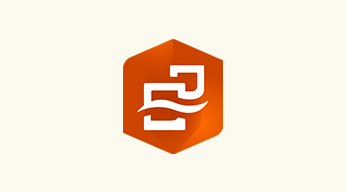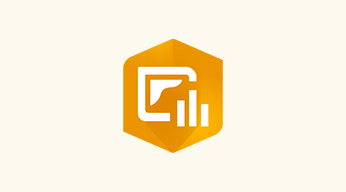Strengthening supply operations during COVID-19
The spread of COVID-19 has led to extreme delivery delays of essential goods while other non-critical inventories are in stockpiles, not aligned with current demand. To improve supply chain operations, supply network managers must know what is happening and where, including current and projected threats from COVID-19, weather and traffic conditions. Location-enabled supply network resilience combines live business and spatial data in a common operating picture, which can improve efficiency and reduce costly disruptions.
Digitising and visualising supply network and dependencies
COVID-19 has resulted in unprecedented disruptions for supply chains globally. Like never before, organisations need to understand their end-to-end network and the flow of goods across channels. They must respond to ongoing changes and ensure resources are appropriately allocated to keep business up and running. Organisations can use location intelligence to quickly digitise and visualise every aspect of their supply network—suppliers, plants, distribution and customers—highlighting any related dependencies to strengthen supply chain resilience.
Assessing network risks and disruptions
Supply disruptions are inevitable and during the COVID-19 crisis operational threats have only increased. Through a live operating picture, staff can immediately identify and assess risks globally, regionally or hyperlocally. Businesses can examine the impact of the crisis on employee well-being, facility capacities and policy-based business restrictions, combined with other incidents such as real-time weather and traffic. Organisations can generate a thorough risk analysis to proactively mitigate costly disruptions while maintaining operations to meet shifting demands.
Delivering real-time operations dashboards
The impact of COVID-19 varies greatly by location and requires up-to-date insights to respond effectively to conditions as they arise. Operations dashboards enable staff to understand how threats impact personnel, operations and assets. Dashboards help leaders visualise disruptions to network flow by presenting location-specific analytics and performance metrics on a single screen. Throughout the process, organisations with dashboards can be better equipped to make fast, effective decisions, visualise trends, monitor status in real time and inform internal and external stakeholders.
Requirements
Recommended software
ArcGIS Online
ArcGIS Pro
ArcGIS Insights
ArcGIS Dashboards
Additional licenses
Creator
Viewer
GIS Professional
Optional software
ArcGIS Enterprise
ArcGIS Tracker
Business Resilience Template










